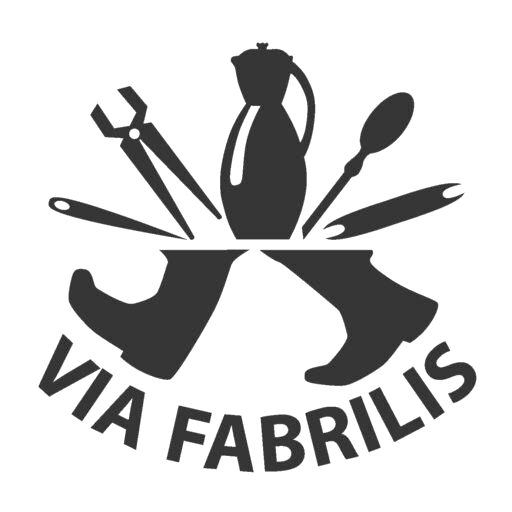
Bolesławiec is a city of almost 40,000 inhabitants in the south-western part of Poland. Located at the junction of the borders with Germany and the Czech Republic, it is very well connected with Wrocław, Berlin, Dresden or Prague thanks to the nearby A4 and A18 motorways, national roads and an international railway. It is one of the oldest and at the same time most beautiful towns in Lower Silesia. According to chroniclers’ records, the settlement was established at the end of the 12th century, and municipal rights were granted before 1251. The city has a meticulously restored historical urban layout with a broad array of monuments ranging from the Middle Ages to the 19th century.
The greatest treasure of Bolesławiec, however, is the unique, hand-made ceramics, for which the city is famous both in Poland and abroad. Its production has centuries-old traditions. Bolesławiec pottery developed thanks to the rich clay deposits surrounding the town. Its beginnings date back to the Middle Ages, and by the end of the 18th century there were five potteries in the city, associated in a guild that guarded the privileges of craftsmen and cared for their product quality. As a result, Bolesławiec became a robust ceramic centre of European significance.
In the 19th and 20th centuries, the number of workshops increased, reaching around 30 at its peak. Over time, many companies transformed into modern industrial plants, which was possible thanks to the activity of the Vocational School of Ceramics, opened in 1897. The school has done much more than just educating local prospective pottery artists. The high level of training in Bolesławiec, as well as innovative programs, attracted young talented artists from Europe, America and even Asia. The school also disseminated modern technologies and trends in the ceramics production and decoration among local manufacturers. As a consequence, in the first half of the the 20th century, Bolesławiec pottery became a brand recognised and valued all over the world.
Great traditions are followed up in modern times. Ceramic products are currently manufactured in over 30 factories of various sizes, located in the city and the region. Stoneware from Bolesławiec, decorated with the stamp technique or painted with a brush, is exported to many countries and represents the city’s hallmark. The “town of good clay” tradition also inspires the activities of municipal institutions: the Bolesławiec Cultural Centre – the International Centre of Ceramics, the Museum of Ceramics and the Municipal Public Library – the Centre of Knowledge. It is also an incentive to organise numerous cultural events, of which the largest – the Bolesławiec Ceramics Festival, gathering up to 200,000 participants – takes place annually at the third weekend of August.





